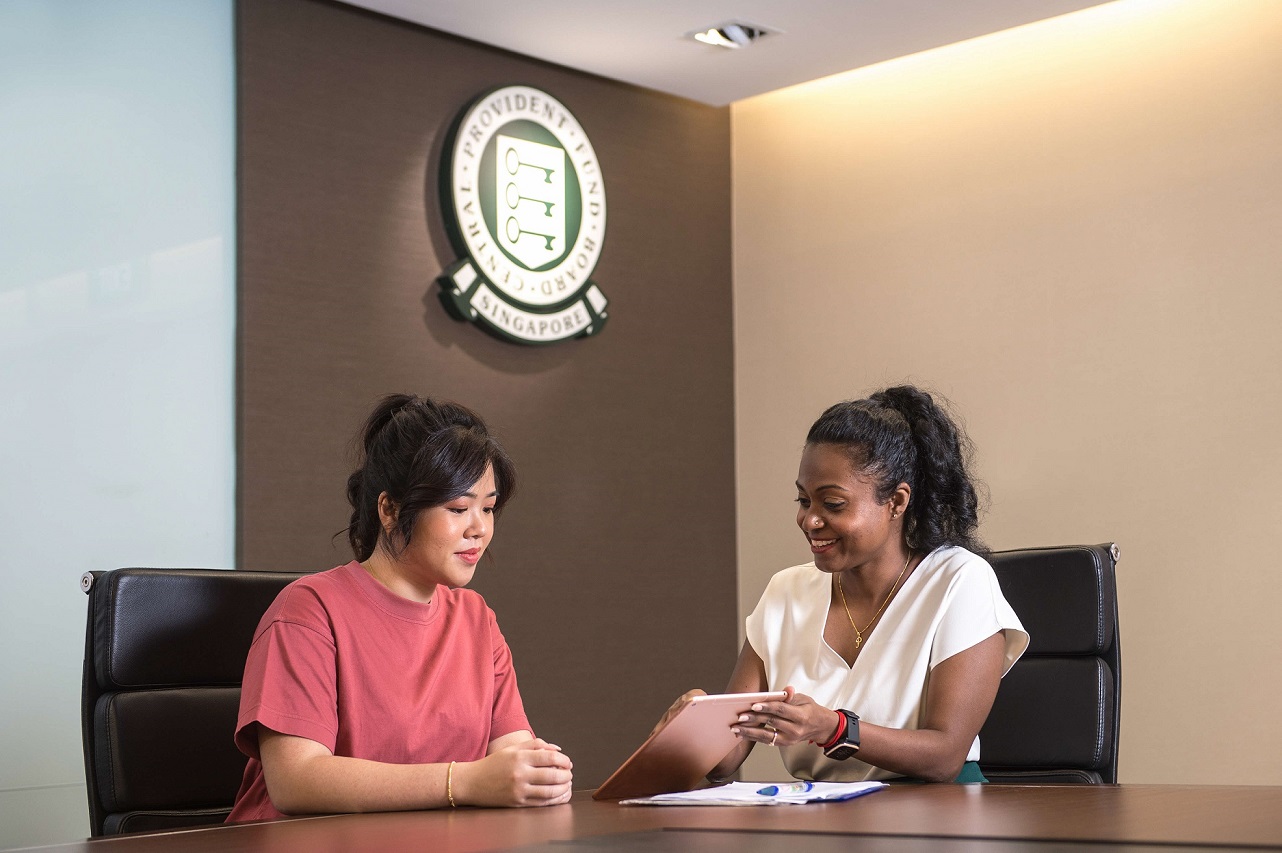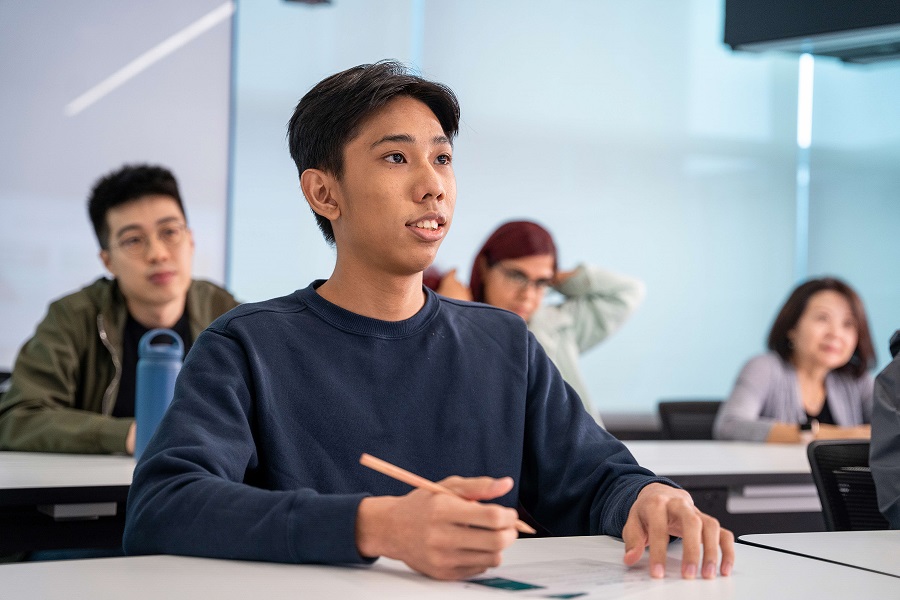19 Mar 2024
SOURCE: Mothership
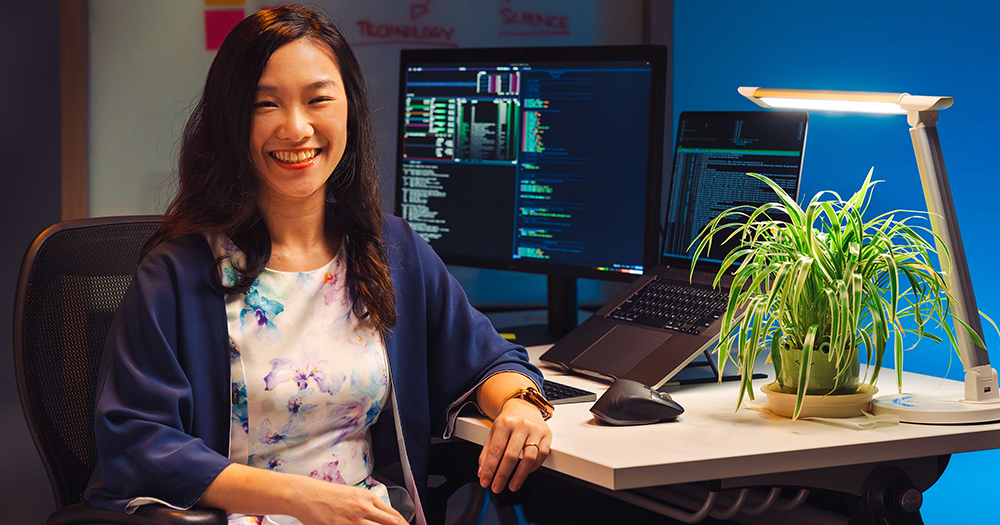
When Pearlyn Chua first joined the Central Provident Fund Board (CPF Board) in 2017 as a fresh graduate, she did not expect that she would one day assume a role that involves mentoring her colleagues on how to use artificial intelligence (AI).
Speaking to Mothership, the National University of Singapore (NUS) graduate shared that she majored in economics and business and did not have any technical background in AI.
Her initial role at CPF Board involved working at its policy department, before being seconded to the Ministry of Finance’s Social Strategy team, where she worked on various social issues including retirement.
Her job rotations have been part of CPF Board’s internal development programme, which exposes staff to different areas of the organisation.
Non-technical background helped shape her approach towards educating colleagues
Chua only assumed her current role leading the Innovation Team in CPF Board’s Business Incubator & Accelerator (BIA) department in 2022.
As the organisation ramped up its forays into Generative AI (GenAI) after ChatGPT took off in late 2022, she now also leads the engagement arm of CPF Board’s multi-disciplinary GenAI Core Team.
"We have a team of officers from a few different departments driving the GenAI strategy in CPF Board. We’re taking this approach seriously, and I do feel that GenAI has a lot of potential for transforming the way we work," she said.
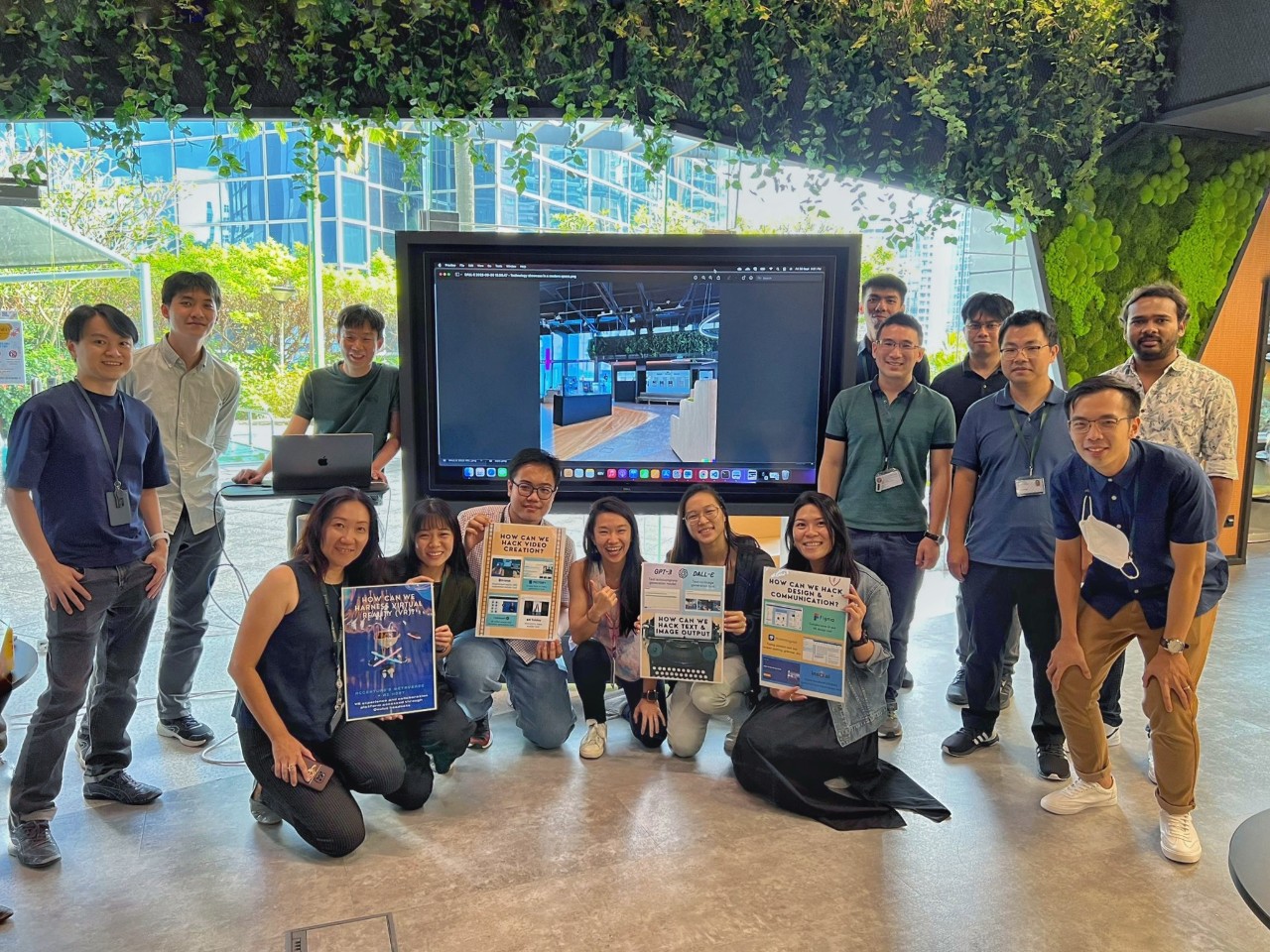
Chua (first row, third from right) and her BIA colleagues after an internal Tech Day event that they organised. Image courtesy of Chua.
So far, Chua has been involved in initiatives such as developing the organisation’s GenAI adoption strategy, organising internal talks and roadshows, as well as developing a “playbook” on the use of GenAI for her colleagues while ensuring its content was as beginner-friendly as possible.
"Because we dove into GenAI exploration quite quickly, I believe we may have been the first government agency to come up with such a playbook early last year, and we’ve also shared it with others in the public service sector. Since GenAI was quite new to many people then, we wanted to share some of the possibilities that GenAI could offer," said Chua.
The lack of a technical background has also helped to shape Chua’s own approach in formulating the materials.
"I know what it feels like to be intimidated by jargon," she said.
"We built our materials iteratively, making adjustments as we got a better sense of what people found easy or difficult to understand from the workshops we conducted. I’m also heavily inspired by people like Andrew Ng, who’s the founder and CEO of DeepLearning.AI. He’s an example of a technical expert who’s really good at explaining complex concepts to non-experts."
Chua followed up with an assurance that tapping on GenAI to help with tasks is not difficult to pick up, as a person only needs a “reasonable level” of digital literacy to do so.
At the basic level, using GenAI is all about asking for what you want clearly
It was at this point that Chua introduced me to a new term, “prompt engineering”, which is a fundamental skill in using GenAI.
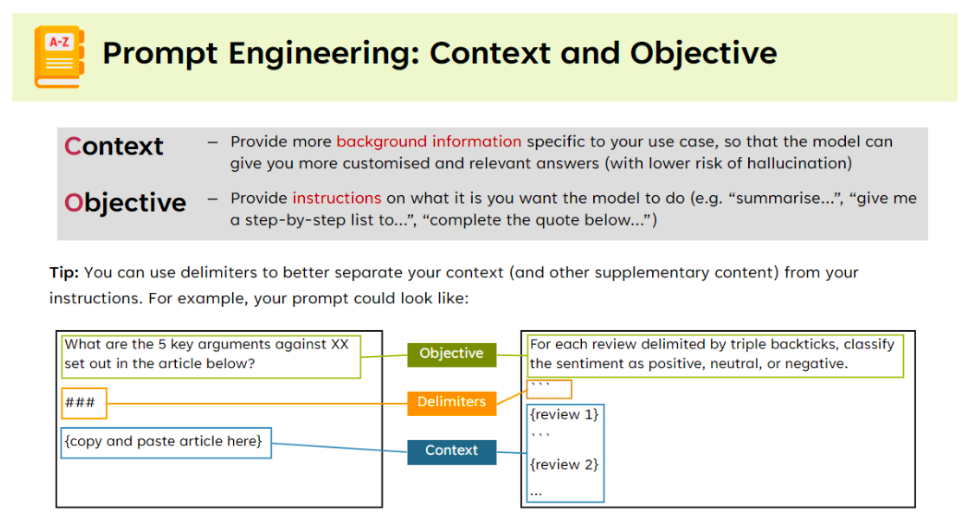
Prompt engineering tips. Image courtesy CPF Board’s GenAI Core Team.
Essentially, a prompt is what the user types into the chat interface of GenAI tools such as ChatGPT, in order to get a response from the model.
"So when you ‘engineer’ a prompt, you are trying to shape what you ask for such that you get a good response," she said.
"Here at CPF Board, we’ve kicked off the journey to upskill our folks in this exponential field. We’re hoping to empower people, not just with the basics of prompt engineering for their everyday use, but also with more understanding about such models, which will help as they delve deeper into experimenting with GenAI for different work tasks."
AI is here to help, not take over your job
Chua (left) and her GenAI Core Team colleague Tan Bing Wen (right) presenting about CPF Board’s GenAI pursuits at GovTech’s Data Science Connect. Image courtesy of Chua.
However, Chua also reiterated how the human element can never be removed completely from work involving AI and tech in general.
"What we’re looking at is not AI replacing people in their jobs, but really becoming an assistant that works alongside all of us," she said.
"GenAI can be better and faster than us at a number of things, but it has its pitfalls. It’s often still best to have a human-in-the-loop to catch its mistakes, such as when it provides incorrect or irrelevant responses, which is also known as hallucination."
People around the world are looking into ways to minimise these errors, but there’s currently no guaranteed way to eliminate them completely, Chua explained.
Culture of cross-learning and exploration make work fun
I took this chance to ask Chua how she built up her knowledge about such research, given her earlier remark that she does not “dive as deep into the technical stuff” as her software engineer colleagues.
"Sharing interesting points from online posts, articles, and even academic papers with each other has been quite a normal practice in our team," she said.
"Sometimes, reading these things can be so fascinating that it doesn’t seem like part of work. A lot of GenAI usage tips can be relevant to your personal life too."
For example, Chua used few-shot learning — a technique of providing examples to get GenAI responses with a similar style — to generate more playing options for a card game similar to Taboo that she and her friends enjoy.
She added that this form of peer learning extended beyond her GenAI work.
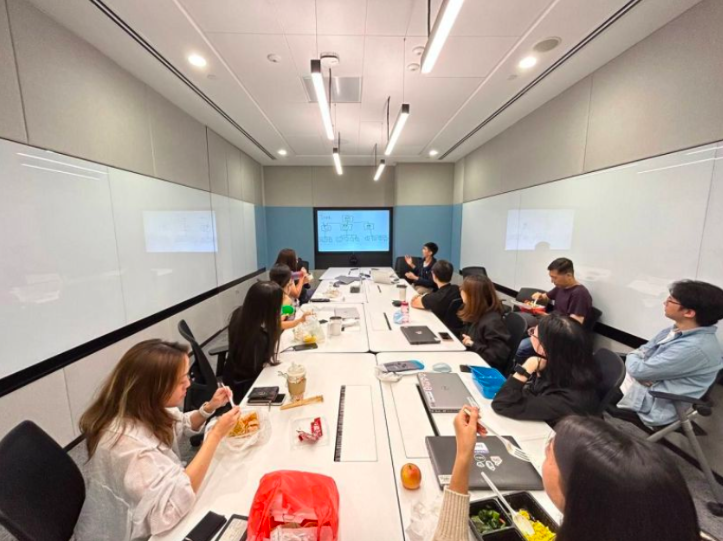
One of the lunchtime ”Pecha Kucha” sessions held in the CPF Board HQ office. Image courtesy of Chua.
Having always believed in the power of curiosity, she had started holding occasional “Pecha Kucha” sessions in the office during lunch. “Pecha Kucha” is a speed presentation format, and she invites colleagues to share about any topic of their interest during these sessions.
It certainly piqued my interest that these sessions Chua organised were not limited to work-related presentations. Chua mentioned that previous sessions have seen colleagues sharing on a range of diverse topics such as sorting algorithms, geopolitics, and social psychology.
"It’s these opportunities to learn things beyond our specific job scope that make going to work fruitful and fun. I enjoy working with people who are as curious as I am,” she added.
Another initiative that her team runs to empower colleagues’ exploration beyond their regular work is the Made-in-CPF (MIC) intrapreneurship programme. The programme brings together people from different departments within the CPF Board, both technical and non-technical, to build in-house digital products that address gaps and pain points that staff have surfaced.
One product that emerged from MIC is docCentral, which simplifies document creation and facilitates the capturing of digital signatures. Such workflow-enhancing tools help public service staff work more effectively and efficiently, and this translates to being able to serve Singaporeans better too, said Chua.
According to her, several teams across CPF Board as well as other government agencies — including the Ministry of Social and Family Development, the Housing Development Board, and the Singapore Tourism Board — have already been onboarded to docCentral, with the product bringing time savings not just to CPF Board, but also to the wider public service.
"I find it rewarding to see the work we do benefit people," Chua said.
"That’s one of the things that keeps me going."
This article was first published on Mothership.sg 11/03/2024.

